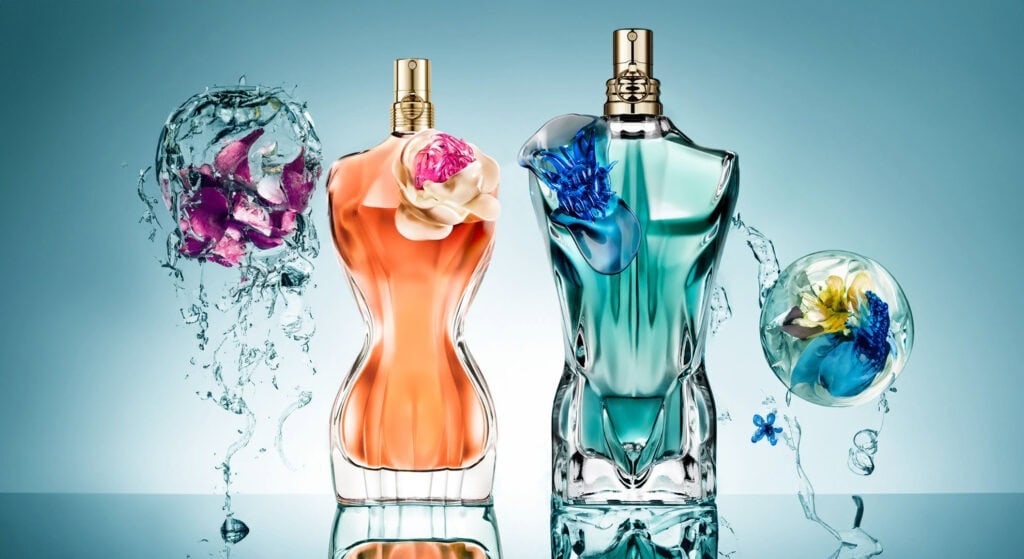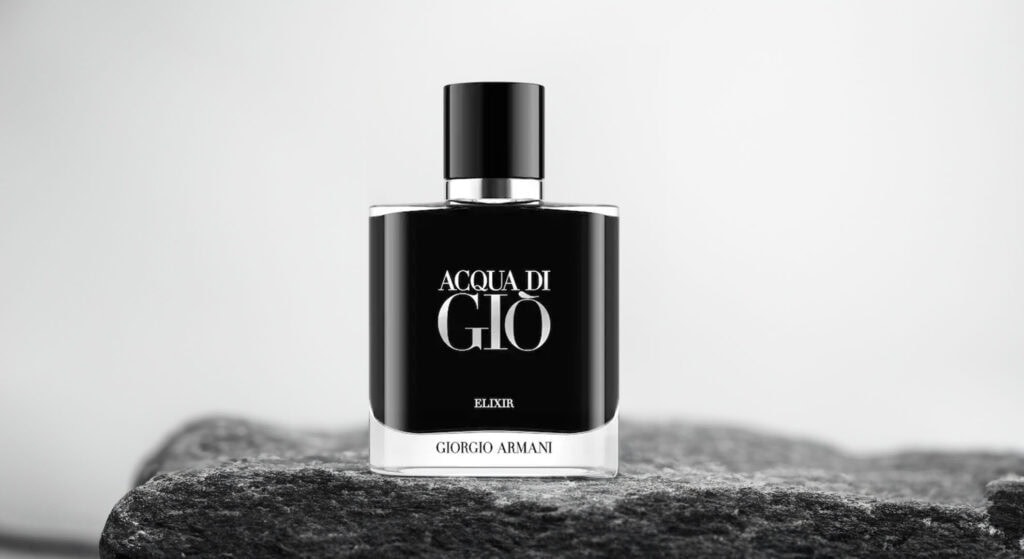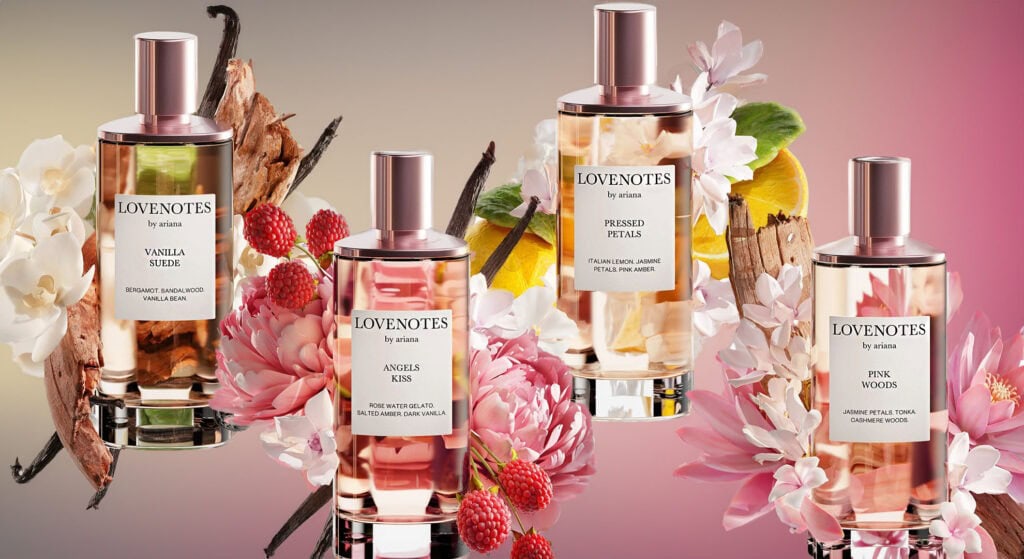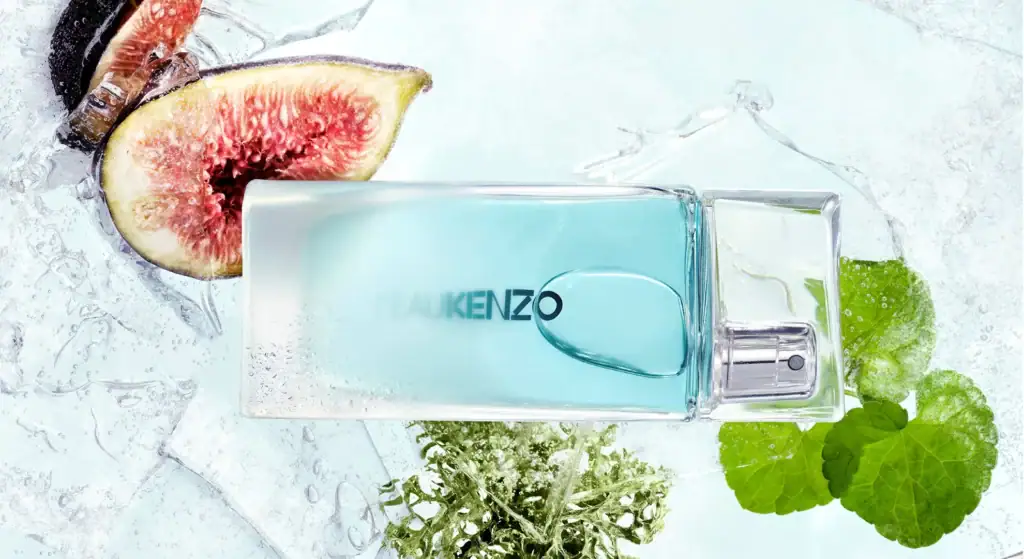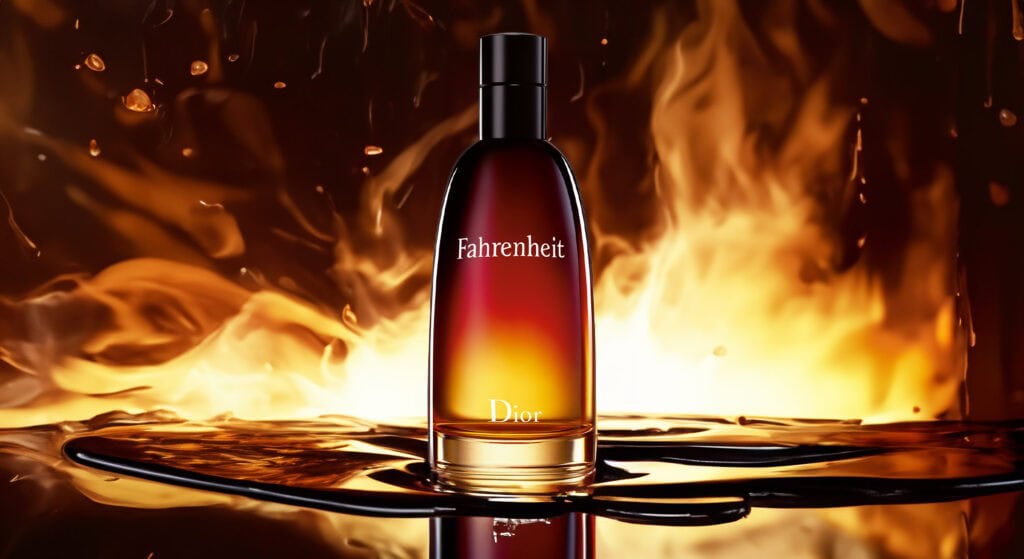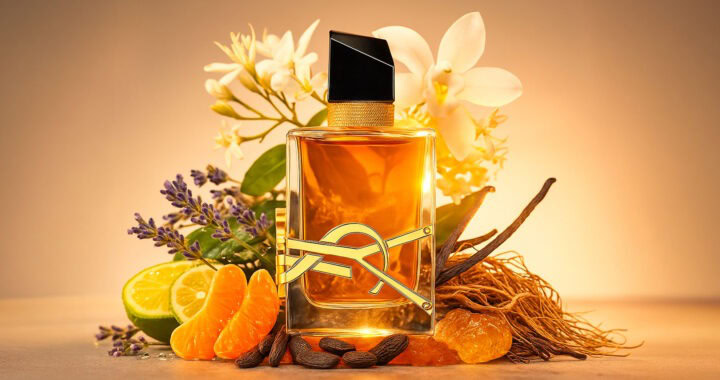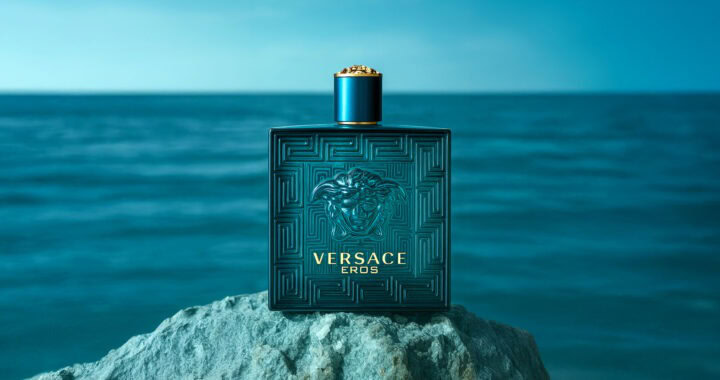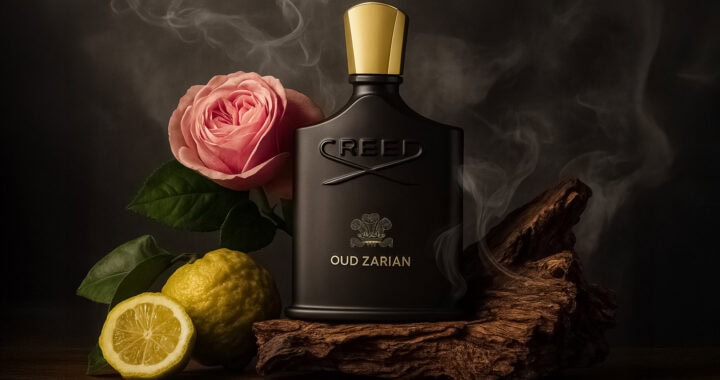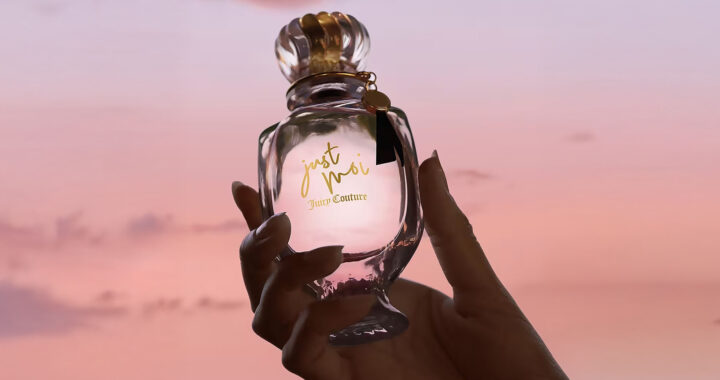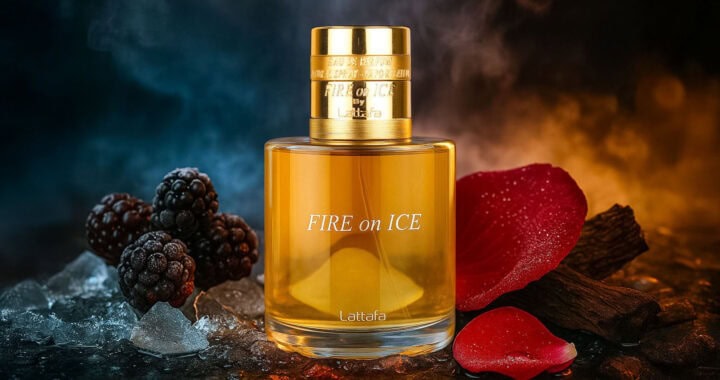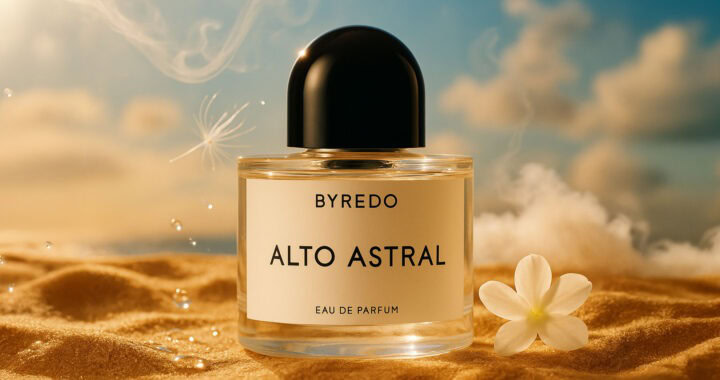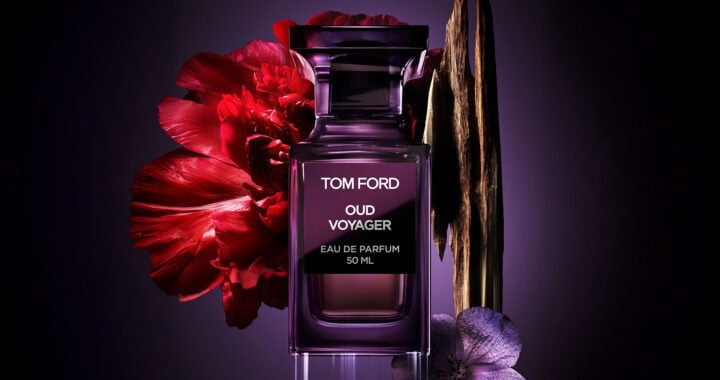Violet Leaf in Perfumery: From Extraction to Blending and Iconic Scents
Violet leaf, with its fresh, green, and slightly earthy aroma, has become a distinctive and cherished ingredient in the world of perfumery. Known for its ability to add depth, elegance, and a natural quality to fragrances, violet leaf offers a unique character that complements a wide range of scents. This article explores the process of extracting violet leaf essence for use in perfumes, the art of blending it with other fragrance elements, and some of the most iconic perfumes where violet leaf takes center stage.
The Extraction of Violet Leaf Essence for Perfumery
Violet leaf, unlike the sweeter violet flower, provides a crisp and green scent that is often used to add freshness and complexity to perfumes. The extraction of violet leaf essence is a delicate process, aimed at preserving its fresh and slightly metallic qualities.
- Solvent Extraction: The most common method of obtaining violet leaf absolute is solvent extraction. Fresh violet leaves are treated with a solvent to draw out their aromatic compounds, resulting in a thick, green absolute that captures the fresh, leafy, and slightly earthy scent of violet leaves. This method is widely used because it preserves the full complexity of the leaf’s aroma.
- Steam Distillation: Although less common for violet leaves, steam distillation can be used to produce a lighter, more volatile essential oil. This process involves passing steam through the leaves, which carries the aromatic compounds. The steam is then condensed, separating the essential oil from the water. The resulting oil is typically less intense than the absolute but still retains the fresh, green character of the violet leaf.
- CO2 Extraction: A modern and highly effective method, CO2 extraction uses supercritical carbon dioxide to extract the fragrance compounds from violet leaves. This method yields a pure, clean oil that captures the true essence of the violet leaf’s scent, making it ideal for high-quality perfumery.
Blending Violet Leaf in Perfumery
Violet leaf’s fresh, green, and slightly metallic aroma makes it a versatile note that can be used to add a natural, sophisticated quality to various fragrance compositions.
- Green and Herbal Scents: Violet leaf is a natural fit in green and herbal perfumes, where it enhances the fresh, crisp qualities of the scent. When combined with notes like galbanum, basil, or mint, violet leaf adds a bright, leafy freshness that evokes the essence of a spring garden. Chanel’s No. 19 is a classic example, where violet leaf is blended with galbanum and iris to create a green, powdery, and elegant fragrance.
- Floral Compositions: In floral perfumes, violet leaf can add a fresh, green note that balances the sweetness of the flowers. When paired with rose, jasmine, or lily of the valley, violet leaf introduces a natural, slightly earthy quality that gives the fragrance a more sophisticated and nuanced profile. Balenciaga Paris features violet leaf in its composition, where it adds a green, dewy freshness to a blend of violets and cedarwood, creating a modern, elegant floral fragrance.
- Woody and Earthy Blends: Violet leaf’s slightly metallic, earthy quality makes it a perfect partner for woody and earthy notes like vetiver, oakmoss, and patchouli. In these blends, violet leaf adds a green freshness that lifts the heavier, more grounded elements, creating a balanced and complex fragrance. Tom Ford’s Grey Vetiver is a prime example, where violet leaf adds a fresh, green edge to the rich, woody notes of vetiver and oakmoss.
- Aquatic and Fresh Scents: Violet leaf can also be used in aquatic perfumes, where its fresh, green aroma complements the crisp, clean notes of water lily, cucumber, and marine accords. This combination creates a fragrance that is both refreshing and invigorating, perfect for a light, summery scent. Issey Miyake’s L’Eau d’Issey Pour Homme features violet leaf in its composition, adding a green, fresh quality to the aquatic and citrus notes.
Iconic Perfumes Featuring Violet Leaf
Several perfumes have become iconic for their use of violet leaf, showcasing its ability to add freshness, depth, and sophistication to a wide range of fragrances.
- Chanel No. 19: A timeless classic, Chanel No. 19 is known for its green, powdery elegance, where violet leaf plays a crucial role. Blended with galbanum, iris, and leather, violet leaf adds a fresh, green note that gives the fragrance its distinctive and refined character.
- Balenciaga Paris: This modern floral fragrance uses violet leaf to add a green, dewy freshness to a blend of violets, cedarwood, and patchouli. The result is a sophisticated and elegant scent that is both fresh and slightly woody.
- Tom Ford Grey Vetiver: In this masculine fragrance, violet leaf is used to add a fresh, green edge to the rich, woody notes of vetiver, oakmoss, and amber. The combination creates a fragrance that is both refined and complex, perfect for those who appreciate a sophisticated scent.
- Issey Miyake L’Eau d’Issey Pour Homme: This fragrance is celebrated for its fresh, aquatic composition, where violet leaf adds a crisp, green quality to the citrus and water notes. The result is a light, refreshing scent that is perfect for everyday wear.
Violet leaf, with its fresh, green, and slightly metallic aroma, has become a cherished ingredient in perfumery. From the careful extraction of its essence to its artful blending with other fragrance notes, violet leaf offers a unique combination of freshness, depth, and natural elegance that can elevate any perfume. Whether enhancing green, floral, woody, or aquatic compositions, violet leaf plays a crucial role in creating fragrances that are both sophisticated and captivating. Iconic fragrances like Chanel No. 19, Balenciaga Paris, and Tom Ford’s Grey Vetiver demonstrate the enduring appeal of violet leaf, proving that its place in perfumery is as timeless and refined as the scent of the leaves themselves.
Love this fragrance? Share your thoughts! Your vote helps other perfume lovers discover new favorites. Rate it now and make your mark!
Click on a star to rate it!
Average rating 0 / 5. Vote count: 0
No votes so far! Be the first to rate this post.
